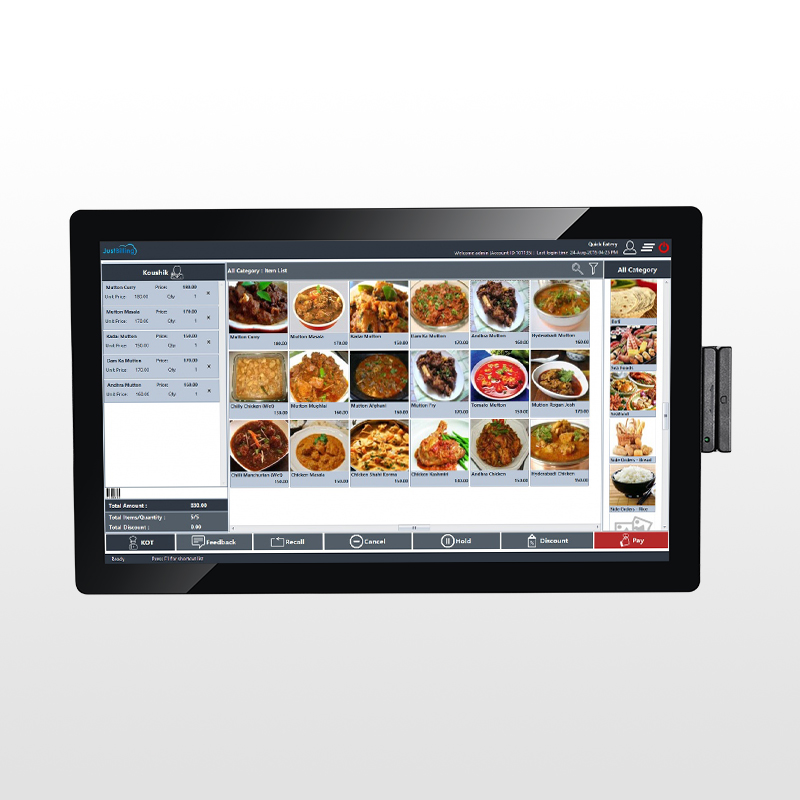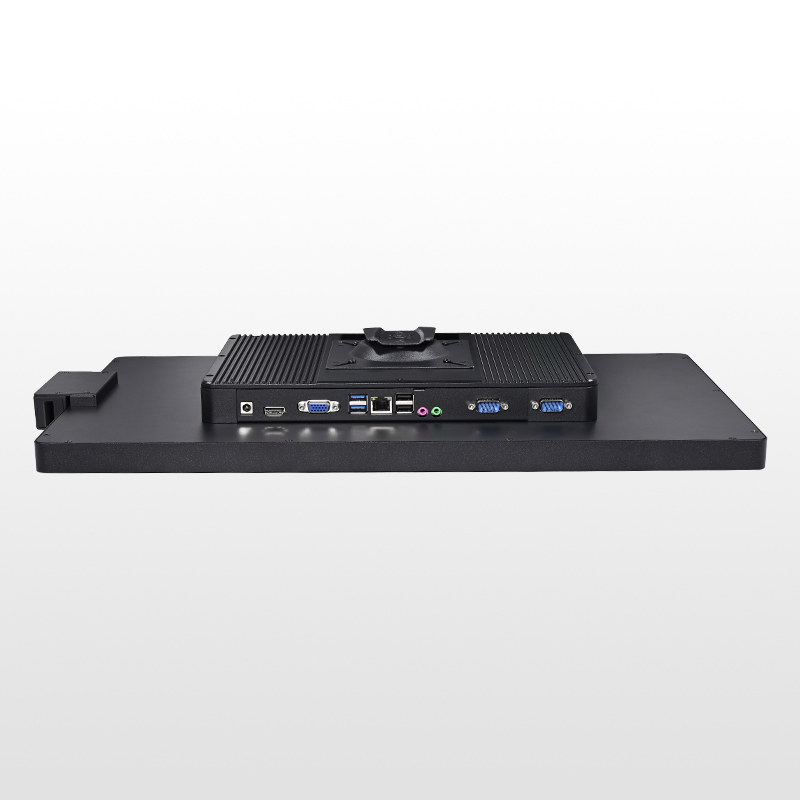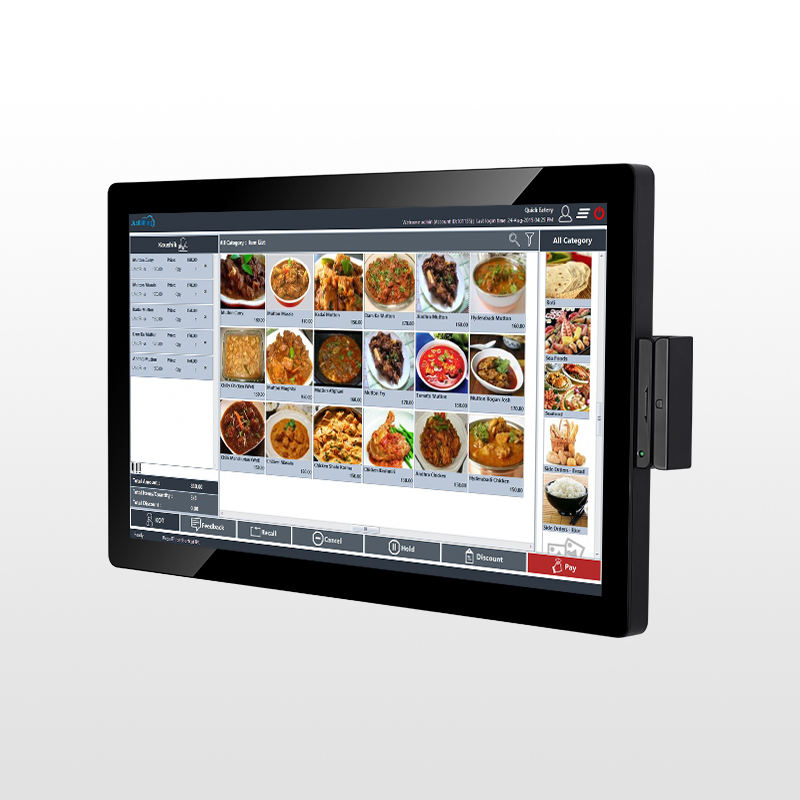A kitchen display system (KDS) is a technological solution designed to streamline and enhance the efficiency of kitchen operations in restaurants and food service establishments. In a traditional kitchen setting, communication between the front of the house (where orders are taken) and the back of the house (where food is prepared) often involves handwritten tickets or printouts, which can lead to errors, delays, and inefficiencies. A kitchen display system replaces this manual process with a digital platform that provides real-time communication and coordination.
One of the key features of a kitchen display system is the ability to receive and display orders electronically. When a customer places an order through the point-of-sale (POS) system, the information is instantly transmitted to the kitchen display system. This eliminates the need for kitchen staff to decipher handwritten tickets and reduces the risk of miscommunication. Orders are displayed on a screen in the kitchen, providing a clear and organized view of all current orders.
The visual display of orders allows kitchen staff to prioritize tasks efficiently. Urgent orders or items with a longer preparation time can be easily identified, helping chefs and cooks manage their time effectively. This results in faster order processing and improved overall kitchen performance. Additionally, KDS often integrates with other kitchen equipment, such as printers and timers, further automating various aspects of the cooking process.

Another significant advantage of a kitchen display system is its ability to facilitate communication between different stations in the kitchen. For example, when a particular dish is ready to be served, the chef can mark it as complete in the system, alerting the expeditor or server that the order is ready for delivery. This real-time communication reduces the likelihood of errors and ensures that food reaches the customer promptly and at its optimal freshness.
In addition to improving communication and efficiency, a kitchen display system provides valuable data and analytics. Managers can track order times, monitor staff performance, and identify trends in customer preferences. This data-driven approach allows for continuous improvement in kitchen operations, leading to enhanced customer satisfaction and increased profitability.
Furthermore, a kitchen display system contributes to a more environmentally friendly operation by reducing the need for paper tickets and minimizing printing waste. The transition to a digital system aligns with the broader trend toward sustainable and eco-conscious practices in the food service industry.

In conclusion, a kitchen display system revolutionizes the way kitchens operate by digitizing and optimizing order management. With its ability to enhance communication, improve efficiency, and provide valuable data, a KDS is a valuable tool for restaurants seeking to deliver a seamless and high-quality dining experience. As technology continues to advance, the integration of innovative solutions like kitchen display systems will likely become increasingly commonplace in the culinary world.
kitchen display system kitchen display system supplier kitchen display system price



